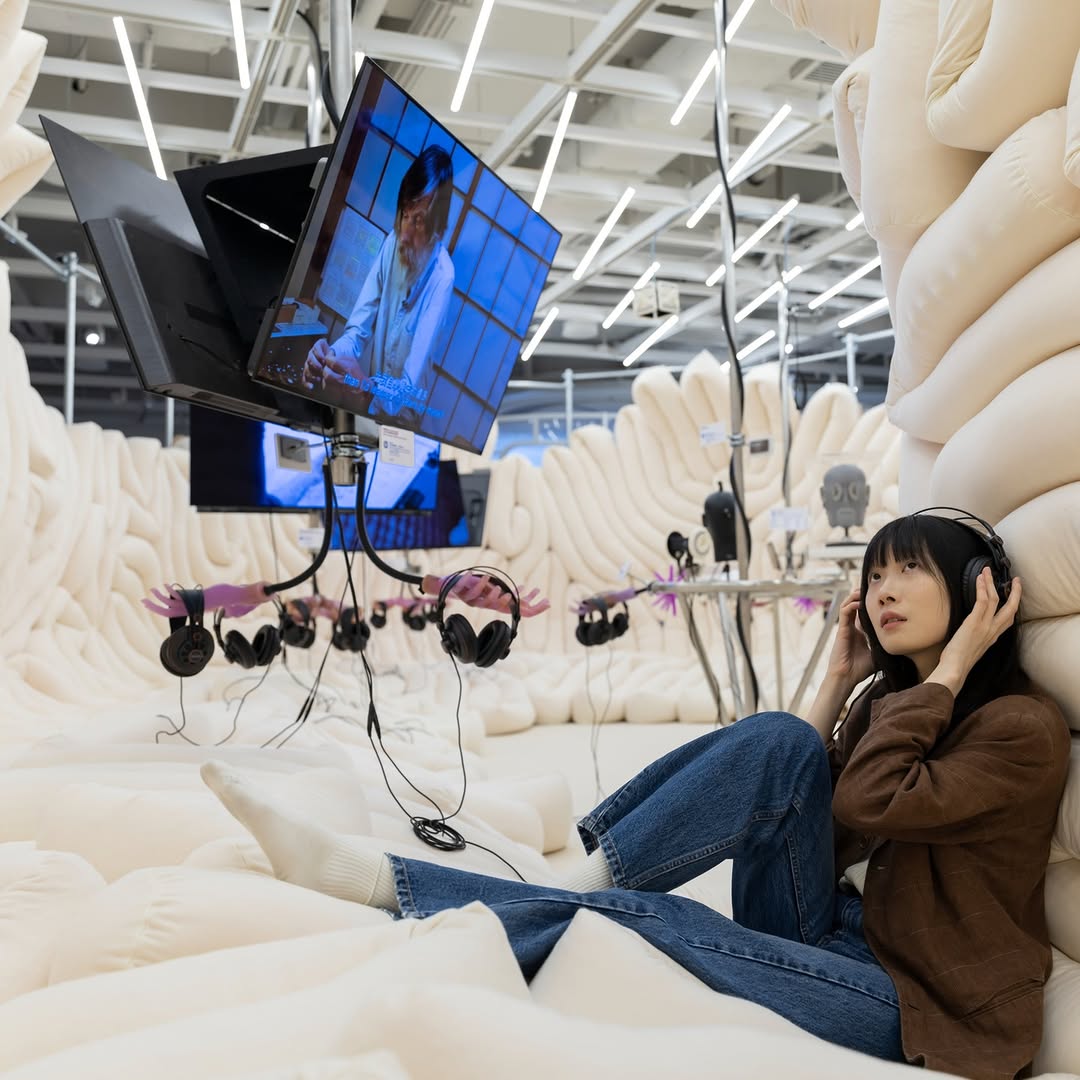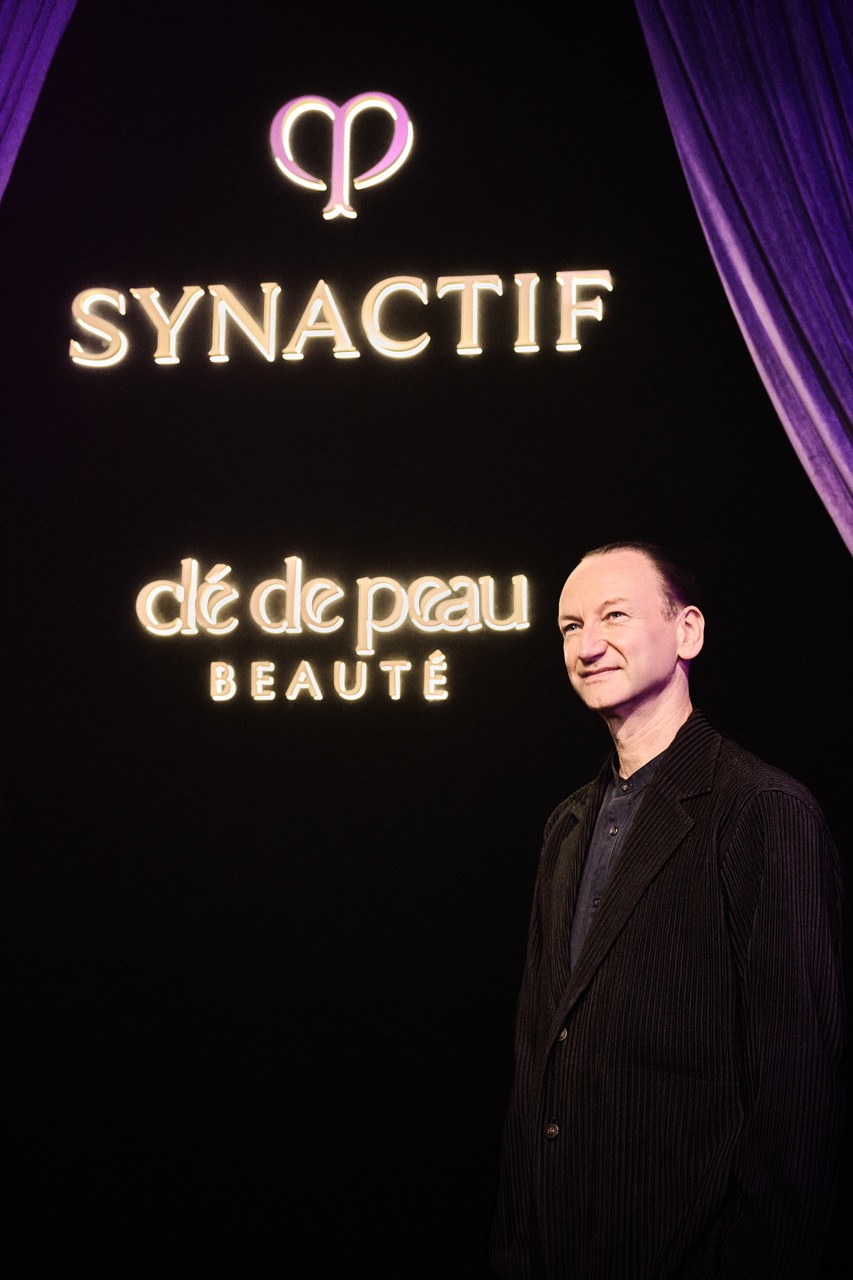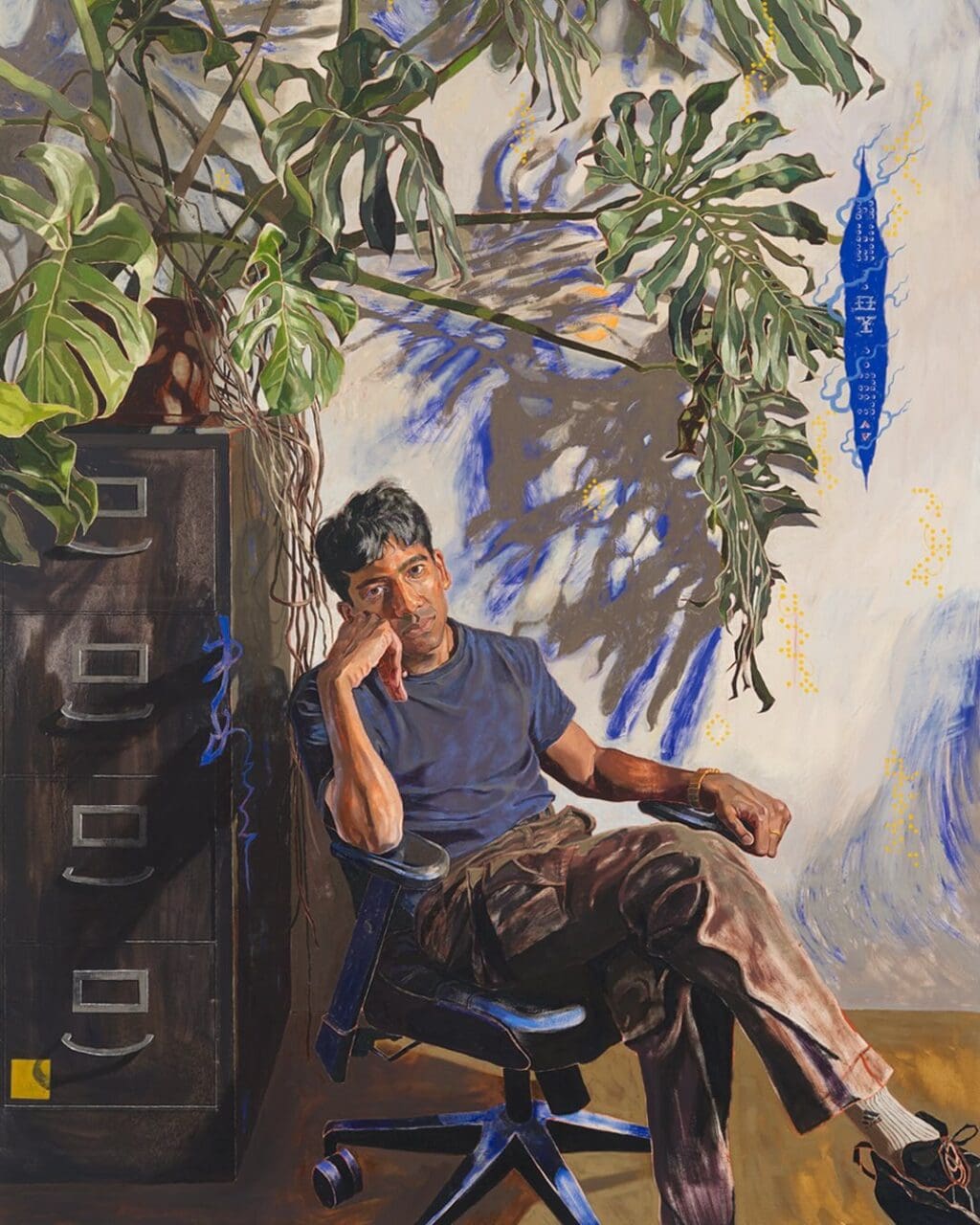Edward Chan is the resident music producer for Mirror and also one of the judges on “King “Maker V.” With over 20 years in the industry, he has collaborated with a plethora of illustrious artists, from iconic diva Anita Mui to the up-and-coming sensation Jeffrey Ngai, crafting an impressive repertoire of Cantopop masterpieces. This year, Edward is organising a solo exhibition titled “Blueprint of Memories, by Edward Chan”, where he extends invitations to a distinguished selection of vocalists to grace the stage with their renditions of beloved classics, igniting new sparks between songs from different eras.
What inspired you to hold “Blueprint of Memories, by Edward Chan”?
Over the past few years, I have been asked by many people whether I would showcase my work. While I have noticed several people expressing curiosity about the role of a producer online, I never imagined anyone would be genuinely interested in understanding what a producer does. It wasn’t until “King Maker V” aired that I realised that people were keen to learn about my work, delving into the parts of songs I contributed to, and showing their support and appreciation. This really took me by surprise and also piqued my interest, making me realise that perhaps this was the best time to present my work to the public.
How will the exhibition “Blueprint of Memories, by Edward Chan” showcase works from various periods of your career?
Rather than connecting the chronological period of the works with their visual impressions, I prefer to focus on their intrinsic qualities. For instance, while I recently collaborated with Mirrir, I have also worked with other boy bands earlier in my career. I am interested in exploring the intersection of these two generations of boy bands, where their unique qualities can collide. When thinking about the singers I have collaborated with in the past, such as Chet Lam, Khalil Fong, and Justin Lo, I can’t help but wonder what commonalities exist between them. While their works may not be from the same era, I firmly believe that they all share certain timeless values that continue to resonate with audiences today. By showcasing these shared values, I hope that this exhibition will inspire everyone to make their own connections and find meaning in the music.
How did you decide on the lineup for “Blueprint of Memories, by Edward Chan”?
When it came to inviting guests to the event, I made sure to invite those with whom I had shared significant experiences and collaborations in the past. Despite my initial worries that they might not be willing to participate, everyone was immediately on board, which really touched me.
What are the similarities and differences among your roles as a composer, producer, concert director, artist, and department consultant?
Wearing different “hats” requires considering different elements. For example, as a producer, I’m solely focused on producing songs, while as an artist and department consultant, I consider how to release songs for maximum market revenue. My approach is to draw clear boundaries between these roles. When I’ve established clear boundaries, I find I can be more creative within the framework, leading to many interesting projects, like the production of James Ng’s “Arc De Triomphe” in Paris or producing an organ production of singer-songwriter Phil Lam’s “See You Tonight” song.
What does Cantonese symbolise to you?
Cantonese to me is a very vast and profound language. I find the fun in Cantonese songs lies in the immense exploration space within them. Besides the meticulously crafted acoustic effects found tonally within the Cantonese language, it holds layers of sophistication and depth in its expressions. Just changing one word can drastically alter the meaning of an entire line of lyrics. As a producer, one of my primary responsibilities is to curate and refine lyrics. It’s crucial that I have a deep appreciation for the aesthetics of lyrics and carefully analyse the central content and word choices of each passage. With meticulous attention to detail, I refine the lyrics until every word fits perfectly. When I find that perfect word, it brings me an immense sense of satisfaction.
Many people believe you are the unsung hero behind Mirror’s success. Can you share some anecdotes from your collaboration?
I can share separate anecdotes for each member. Whenever Keung To arrives, his first question is always: “What songs have you been listening to lately?” He’s someone who deeply loves listening to music and attending performances, and we often share our favourite works with each other. Anson, on the other hand, prioritises efficiency. During each recording session, we ensure we’re fully prepared, and any remaining time is spent chatting about non-work-related matters, like our recent favourite food, fashion, or even perfumes, maintaining a “work while you work, play while you play” approach. As for Edan, he’s a thinker. I particularly enjoy discussing strategies with him, and the process is always interesting.
Each singer has a unique condition and pace on any given day and as a producer, I strive to ensure they perform at their best. So, I don’t see myself as their hero, but rather as the key to unlocking their treasure within, with the treasure inside still belonging to the singers themselves. When everyone focuses on their respective roles, the results are mutually beneficial.
Can you share your most memorable collaboration experience?
I can share a little-known story. In the early stages of my career, I was responsible for arranging the song “The Last One” by Sammi Cheng. At that time, I had only been in the industry for about 2 to 3 years, while Sammi was already a pop queen, and her producer, Mark Lui, held a significant presence in the industry. I vividly remember the three of us sitting around a table after a recording session when Sammi suddenly asked Mark, “ Hey Mark, do you know Edward well?” Mark replied, “Yes, I know of him” Then Sammi laughed and said, “Wow, so you’re not close?” Of course, I responded with, “Oh don’t say that. Given his level of achievements, it’s no surprise he wouldn’t be familiar with me!” Sammi then casually extended the conversation, saying, “Yeah! That sounds great!” She effortlessly broke the ice for us. This experience was very memorable for me and taught me a lot about her approach to being a pop idol, how she carries herself, and her social skills.
I’m fortunate to have entered the industry at the intersection of two generations, being able to collaborate with the new generation of singers while also having early exposure to longtime industry greats. I’m lucky to continuously witness the changes in the music industry throughout different periods.
What are your thoughts on the future of Hong Kong’s music scene?
As someone who has experienced different periods in the music scene, I have noticed that the music industry tends to operate in a cyclical state, where trends from the past are periodically recreated. For instance, there were girl groups like Twins in the past, and now we have Collar, but both generations of girl groups have their own unique style. However, it’s becoming increasingly difficult to determine the next leading trend in music because today’s society is more decentralised. The market is no longer monopolised by a single institution, and artists no longer need to release their work through record companies. With the advent of digital platforms like YouTube, musicians now have the ability to directly upload their music and share it with the public. As the music industry continues to evolve, it’s important for artists to remain attuned to market trends and adapt while still preserving their unique artistic vision. To that end, my approach to the music scene is to carefully observe and analyse market shifts, while staying true to my creative instincts and striving to maintain a balance between commercial viability and artistic integrity.
Translated by Hala Kassem
Hair: Torres Pang @ via il colpo
Makeup: CarmenC
Styling: Sam Fung
Editor
Peggie Kei







